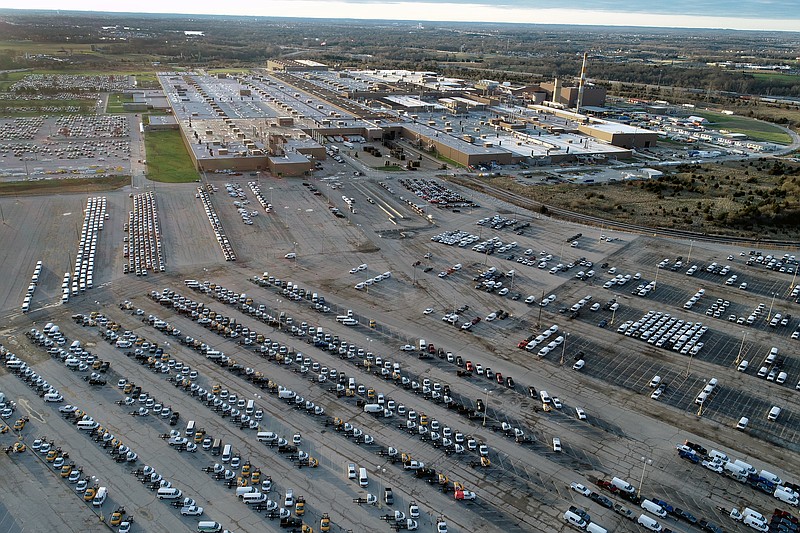WASHINGTON -- U.S. industrial production increased for a second-straight month in April as more factories came online after being shutdown by winter ice storms.
Industrial production -- which includes output at factories, mines and utilities -- rose 0.7% last month, down from a sharp increase of 2.4% in March, the Federal Reserve reported Friday. The March gain, however, was revised sharply higher from an initial estimate of a 1.4% rise.
Manufacturing output climbed 0.4%, down from a strong 3.1% in March that was also revised higher.
Strong consumer demand from Americans flush with cash after a series of stimulus checks is encouraging more output, but shortages of semiconductors and raw materials such as copper are pushing in the other direction and holding it back.
Auto production fell 4.3% in April, largely because carmakers can't find enough semiconductors. But the output of computers, electrical equipment and appliances, machinery and metals such as steel all increased.
"Recovery in industrial output, especially manufacturing, is ongoing and is likely to remain supported by still-strong demand for goods," said Rubeela Farooqi, chief economist at High Frequency Economics. "But supply-chain bottlenecks are an ongoing headwind in the near term."
Utility production climbed 2.6%, after a sharp drop in March. And mines lifted production 0.7% last month.
Longer lead times are one of the clearest indications of the supply-chain challenges that producers face. Wait times of factories for production materials grew to 79 days in April, the longest in records dating back to 1987, according to the latest Institute for Supply Management data. The average delivery time of supplies for maintenance, repair and operations was also the longest in the data.
Such delays have inflated order backlogs to record levels and kept a lid on a breakout in production growth.
The institute's monthly reports also provide a clear indication of a growing number of commodities in short supply. In November, purchasing managers listed just eight materials companies were struggling to get their hands on. Five months later, it's expanded to 24.
While some things such as personal protective equipment and gloves have been in short supply for months, others such as aluminum, wood pallets and rubber-based products are new additions to the list.
Meantime, companies' largest cost -- labor -- is accelerating as the lifting of coronavirus restrictions leads to a broader pickup in economic activity.
The U.S. economy is expanding at a healthy clip as consumers become more confident and states and cities relax restrictions on businesses. Growth was 6.4% at an annual rate in the first three months of the year and economists forecast the expansion could accelerate to a double-digit pace in the April-June quarter.
Still, there are signs that Americans are switching some of their spending away from goods to services, as restaurants, movie theaters and other entertainment venues open up. Retail sales for April were flat, according to a separate report Friday, though sales at restaurants and bars rose 3%.
Information for this article was contributed by Christopher Rugaber of The Associated Press and by Reade Pickert and Vince Golle of Bloomberg News (WPNS).

